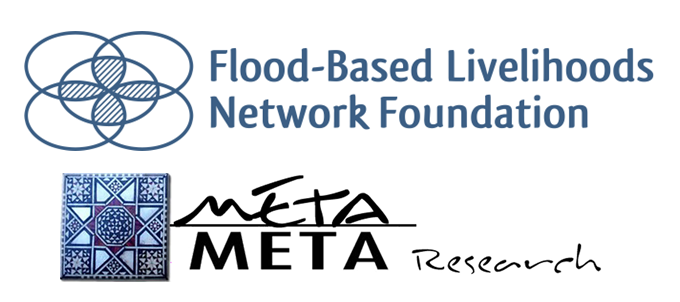
FBLN Malawi
- Home
- Flood-Based Livelihoods Network
- FBLN Malawi
Characteristics of FBL in the country and the geographical scope
The use of flood waters for agriculture and livestock rearing is common in most of Malawi’s flood plain areas. The most common flood-based farming practices include the growing of crops under flood recession, the use of residual moisture, spate irrigation and river diversion, and the use of wetlands and dambos. Most of the flooding, caused by high-precipitation events, lasts for a few days or weeks after which the water recedes. Soon after the rainy season, farmers rely on the moisture left by the receding river. Rainwater harvesting and groundwater storage are used to complement the residual moisture. Solar pumps are now becoming common in Malawi. These assist recharged groundwater to be pumped up from shallow wells.
Rice production under food conditions is common in the northern districts of Karonga and Nkhata Bay, while floodplain agriculture is commonly practiced in Chikhwawa, Karonga, Salima, Mulanje, Thyolo, Chiradzulu, Zomba and Phalombe district.
Main achievements in the past years
The FBLN Malawi Chapter has been instrumental to increase awareness on best practices in flood-based farming systems in Malawi. This has been achieved through print and electronic media, and presentations made at national conferences, workshops and a press conference. In addition, farmer trainings have been organised on the harvesting of floodwaters from roads in several districts. The FBLN Malawi Chapter is well connected with other Malawian agricultural extension and value chain organisations, as well as with universities to promote local innovations and ideas.
